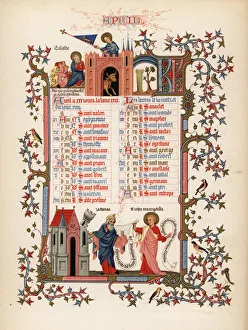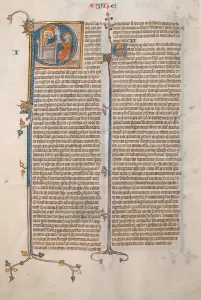Ephesians Collection
"Ephesians: A Tale of Foolhardiness and Vanity" In the ancient city of Ephesus, a story unfolds, revealing the depths of human folly and the allure of vanity
All Professionally Made to Order for Quick Shipping
"Ephesians: A Tale of Foolhardiness and Vanity" In the ancient city of Ephesus, a story unfolds, revealing the depths of human folly and the allure of vanity. As captured in various artistic depictions throughout history, this cautionary tale from the book (4:19) serves as a timeless reminder. Dating back to around 1570-72, an anonymous creator brings forth an illustration for Lord Byron's Don Juan. Lady Adeline is portrayed as "My Dian of the Ephesians, " symbolizing her enchanting beauty that captivates hearts but also exposes mankind's susceptibility to superficiality. An illuminated calendar from April 1846 showcases St. Paul himself penning his epistle to the Ephesians. This engraving captures his profound words that warn against succumbing to worldly desires and empty pursuits. Another engraving depicts a pivotal moment when the people of Ephesus burn their books in Acts XIX:19. It represents their realization that knowledge alone cannot bring true fulfillment; instead, they turn towards spiritual enlightenment. The theme continues with a chromolitho artwork titled "Prayer. " It emphasizes seeking solace beyond materialistic ambitions by finding strength through faith and connection with a higher power. John Yonge Akerman's numismatic illustrations further emphasize key narrative portions from the New Testament, including those related to Ephesians. These engravings serve as visual reminders that wisdom lies not in earthly possessions but in embracing divine teachings. A precious manuscript leaf reveals an opening passage from Saint Paul's Epistle to the Ephesians translated into French—a testament to how this message transcends time and language barriers while urging self-reflection upon all who encounter it. Lastly, standing tall amidst these depictions is Artemis/Diana statue—an embodiment of feminine grace worshipped by ancient Ephesian inhabitants. Its presence reminds us how even revered idols can lead astray those who idolize them, highlighting the dangers of misplaced devotion.






















